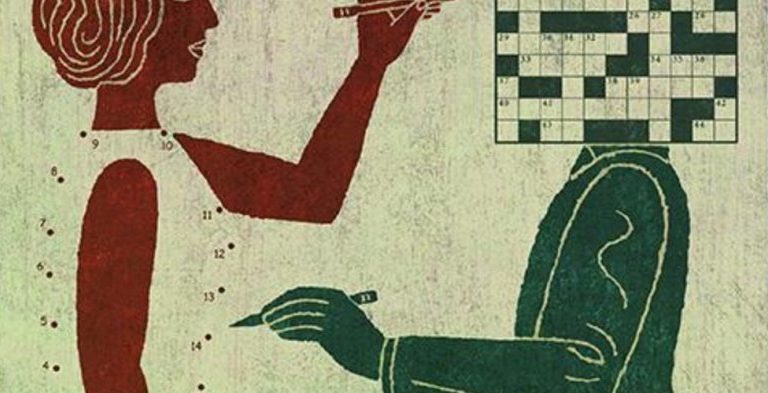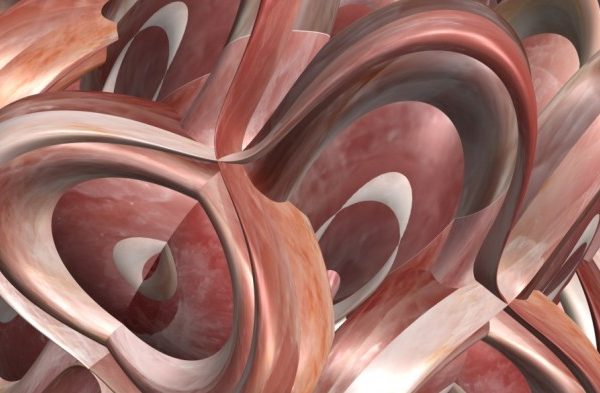Although it is known that an effective therapeutic relationship contributes to positive health outcomes, there is reason to believe that physicians’ interactions with patients with persistent somatic symptoms (PSS) differ from their interactions with patients with other chronic disorders. The objective of the study described here was to explore the interaction strategies of internists when communicating with patients with medically unexplained symptoms (MUS) as opposed to patients with medically explained symptoms (MES).
The researchers interviewed twenty internists in a Dutch teaching hospital regarding their interactive strategies. Human interaction patterns tend to be implicit and are difficult to determine by direct questioning. Therefore, the interview transcripts were analysed using a technique called discourse analysis (DA) in order to study the language used.
Four internist interaction strategies were identified: relating, structuring, exploring and influencing. Each interaction style was characterised by a dilemma. The balance struck for each dilemma depended on whether the patient’s persistent symptoms were medically explained (MES) or unexplained (MUS).
Relating Dilemma: creating nearness versus keeping distance
MES: Empathising with a patient and creating a safe atmosphere where the patient feels ‘seen’ were considered important. This was achieved by, for example, remembering personal details of the patient or by the physician sharing their experiences, either as a patient or of someone close to them. Being social rather than business-like and making the occasional joke were mentioned as well.
MUS: Internists found it difficult to establish a positive interaction and to create a pleasant atmosphere, as patients seemed distrustful from the outset. Patients were perceived as demanding, sometimes manipulative. Internists often referred to their own communication style as distant and business-like.
Structuring Dilemma: giving space versus taking control
MES: Generally speaking, internists would create space for patients to tell their story, leading to a wealth of information and sometimes even a diagnosis. It was noted that steering and structuring was often necessary. Internists were frustrated by the lack of time per patient, preventing them from hearing the full story.
MUS: In the case of, for instance, patients with chronic fatigue or a second opinion, internists often started the conversation by asking what the patient’s expectations were. Internists would often state early on that the chances of finding a physical explanation were slim. They perceived a higher need for steering and structuring in comparison to MES patients. Most internists associated MUS patients with long, written lists of complaints, which have a negative effect on physician-patient interaction. The researchers noted that internists often used exaggerations in their language, e.g.: “I don’t have all morning.” Internists mentioned that although patients like to feel taken seriously, they found it difficult to listen to the MUS patient’s full story.
Exploring Dilemma: asking for physical versus psychosocial causes
MES: To ensure the patient’s problem is well-understood, internists reported asking about ‘other things’, aiming at psychosocial issues or the patient’s anxiety levels.
MUS: Internists often used phrases like ‘these people’ or ‘those people’. Physicians seemed both more distant and more careful when asking about psychosocial issues, trying to prevent MUS patients from feeling stigmatised: “These people come to you to rule out something medical; if you mention their psychosocial functioning too early in the conversation, they lose confidence in you as a doctor, because they worry that: ‘This doctor thinks it’s all in the mind’.”
Influencing Dilemma: taking responsibility as a physician versus accepting a patient’s choice
MES: ‘Explaining the risks and consequences of a disease clearly and understandably’ is often referred to as an important strategy, as internists believe that the patient needs to be fully informed on the pros and cons of the different treatment options. Internists often experience time pressure when trying to give a satisfactory explanation. When an MES patient goes against the internist’s recommendations, the internists reported putting more pressure on the patient, ‘but in the end, it is the patient’s decision’. Engaging or stimulating the patient to achieve a health outcome through lifestyle changes was seen as important, but often not very effective.
MUS: The most important issue for internists seemed to be that although MES patients mostly do not see high blood pressure or abnormal lab results as a serious problem, MUS patients do see those ailments as an actual disease or an explanation of their symptoms. Doctors felt responsible for limiting the amount of iatrogenic harm caused by unnecessary diagnostic tests, yet often felt pressured into doing them anyway. The MUS patient’s choice was often perceived as demanding or as ‘medical shopping’.
The researchers concluded that in their interactions with MUS patients, internists tend to maintain a greater distance, keep more control, be more careful when exploring psychosocial causes and take less responsibility for shared decision-making. In their interactions, they often fall back on their role of the paternalistic medical expert. However, this approach is counterproductive and against guidelines stating that PSS patients benefit from emotional support and positive physician-patient interaction. Although a study among GPs showed that MUS patients do not seek more medical interventions or reassurance than other patients (Ring e.a., 2004; Salmon e.a., 2005), internists seem to perceive otherwise.
Furthermore, internists seem to underappreciate the role of their personal interaction style in the perceived communication difficulties with MUS patients. After all, when a doctor behaves more business-like and gives off non-verbal signals that he or she hopes the patient will be brief, a patient will feel less ‘seen’, will put more pressure on the doctor to be taken seriously and will feel more distrustful towards the next physician they encounter.
In my experience, internists (and other physicians) sometimes have difficulty explaining to MUS patients what exactly IS wrong with them and what their treatment options are. Furthermore, they are not fully aware of the important role they can play in disease management.
Other research has shown gender differences in physicians’ strategies (Roter & Hall, 2001). For instance, female physicians were more focused on the person and on interpersonal nearness; they were more attentive listeners and more often looked at the patient as a whole. Male physicians appeared more biomedical-centred and reported keeping a greater professional distance (acting authoritatively or business-like) when communicating with demanding or manipulative patients. They were also more focused on efficiency and were less likely to ask about psychosocial issues as they considered these issues to be outside the realm of their responsibility.
The researchers of the current study noted that building a positive therapeutic relationship is an effective interaction strategy when dealing with MUS patients. Therefore, this study may have important implications for medical educators and policy makers. Current training programmes lag behind in implementing the relevant knowledge and skills.
Source
Kromme NMH, Ahaus KTB, Gans ROB, van de Wiel HBM. Internists’ dilemmas in their interactions with chronically ill patients; A comparison of their interaction strategies and dilemmas in two different medical contexts. PLoS One. 2018 May 30;13(5).
Other references
Ring A, Dowrick C, Humphris G, Salmon P. Do patients with unexplained physical symptoms pressurise general practitioners for somatic treatment? A qualitative study. BMJ 2004 May 1;328(7447):1057.
Roter DL, Hall JA. How physician gender shapes the communication and evaluation of medical care. Mayo Clin Proc 2001 Jul;76(7):673–676.
Salmon P, Ring A, Dowrick CF, Humphris GM. What do general practice patients want when they present medically unexplained symptoms, and why do their doctors feel pressurized? J Psychosom Res 2005 Oct;59(4):255–60; discussion 261–2.







